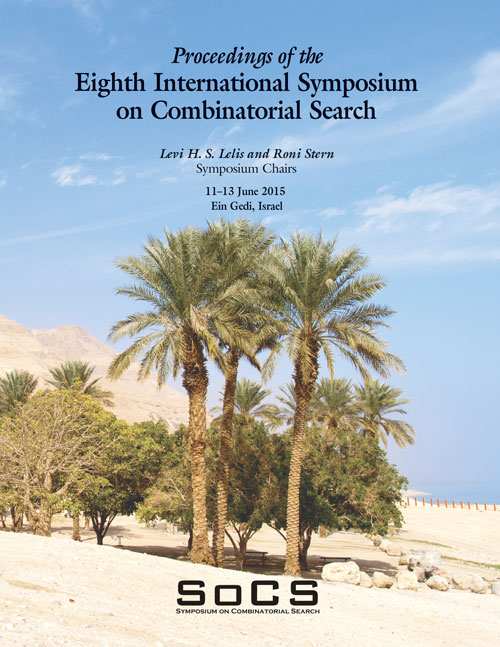Computational Tradeoffs of Search Methods for Minimum Constraint Removal Paths
DOI:
https://doi.org/10.1609/socs.v6i1.18380Keywords:
Minimum conflict paths, Minimum object displacement, Path finding, ManipulationAbstract
The typical objective of path planning is to find the shortest feasible path. Many times, however, there may be no solution given the existence of constraints, such as obstacles. In these cases, the minimum constraint removal problem asks for the minimum set of constraints that need to be removed from the state space to find a solution. Unfortunately, minimum constraint removal paths do not exhibit dynamic programming properties, i.e., subsets of optimum solutions are not necessarily optimal. Thus, searching for such solutions is computationally expensive. This leads to approximate methods, which balance the cost of computing a solution and its quality. This work investigates alternatives in this context and evaluates their performance in terms of such tradeoffs. Solutions that follow a bounded-length approach, i.e., searching for paths up to a certain length, seem to provide a good balance between minimizing constraints, computational cost and path length.

